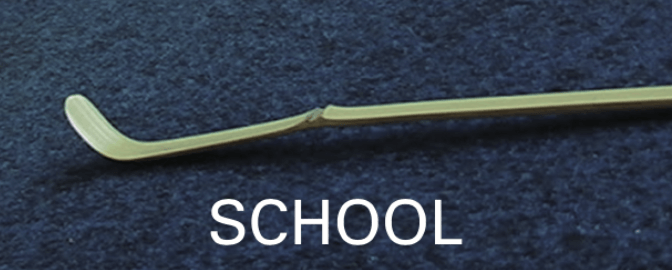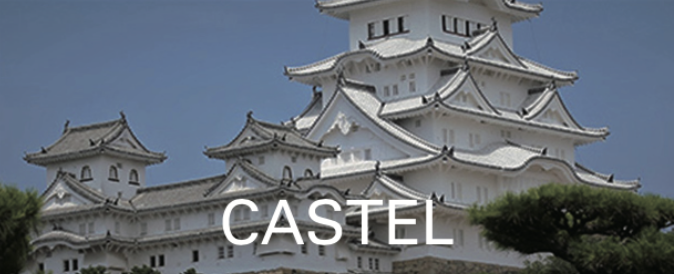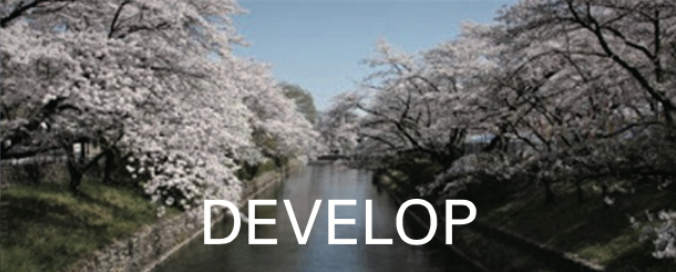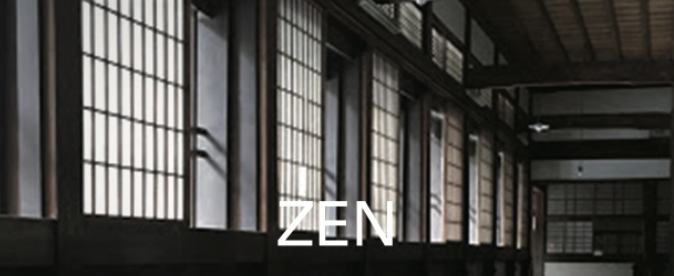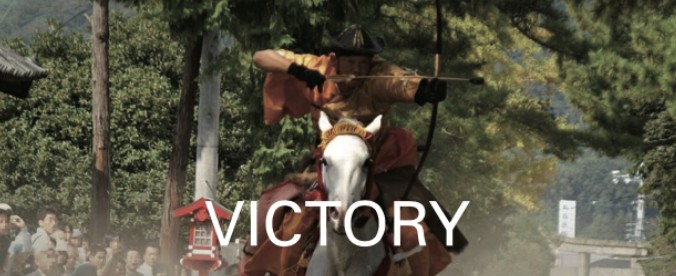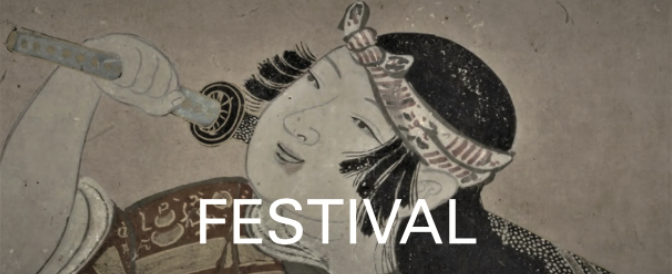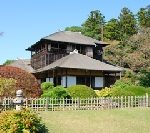
Tokugawa Nariaki (1800 – 1860), the 9th lord of the Mito Domain, contributed to the rise of nationalism and the Meiji Restoration, developed Mt. Shichimensan, facing Senba Lake and landscaped Kairakuen in 1842. He wanted to create a place that brought people in the domain to enjoy together. This Plum Grove of approximately 100 varieties and 3000 plum trees symbolizes the approach to study and research of Mito Mitsukuni (1628 – 1701), Tokugawa Mitsukuni, a grandson of Tokugawa Ieyasu and the 2nd lord of Mito Domain.
Kobun-tei used to be the villa of Nariaki, which is a wooden building with a 2nd and 3rd Floor. Rakujuro, the third floor of Kobun-tei, has a magnificent view of Senba Lake in the southeast. The interior architect was innovative and sophisticated, like carving out the text of old books.

This park on the side of Jonuma marsh is located east of Tatebayashi City, which has more than 10,000 azaleas across 50 species. A typical Yamatsuji is a large group of trees that are about 800 years old and 5m high, and are in full bloom from mid April to early May.
In the second park, there is the former villa of the Akimoto family, the last lord of the Tatebayashijo castle, and an iris garden that is in full bloom in June. The old house of Tayama Katai (1872 – 1930): a Japanese author from the area and part of the naturalism school, is also close to this park.

Fukushima City is located between the Ou Mountains and the Abukuma Mountains, which was the castle town of the Honda Clan in the Edo period (1603 – 1868). The Honda Clan were Hereditary feudal lords and retainers who supported the Tokugawa Shogunate.
This garden conveys the aesthetic of a pure Japanese garden, which imitates Kitayama Culture, the Ashikaga Shogunate’s culture, influenced by the Ming dynasty (1368 – 1644), at the beginning of the the Muromachi Period (1366 – 1573).
This garden is a huge, 25,000 m2, Japanese style garden, with a path around a central pond. It is composed mainly of Akamatsu, Japanese red pine, Goyomatsu, Japanese white pine, and stones and took more than 10 years to complete. While listening to the voices of wild birds, seasonal flowers create the innocent landscape.
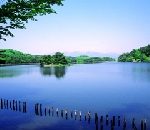
Shirakawa was one of the three ancient barriers of Oshu (Northern Honshu, the region encompassing Mutsu and Dewa province). Shirakawa barrier which was the border and barrier of Mutsu Province, became famous as a place with poetical associations, during the Nara period (710 – 794) and Heian period (794 – 1185). Many poets wrote poems with Shirakawa barrier.
Nanko Lake was built in 1801 by the master of landscape gardener and a wise ruler, Matsudaira Sadanobu (1759 – 1829), who was a lord of Shirakawa Domain, and chief senior councilor of the Tokugawa shogunate from 1787 to 1793. Sadanobu raised the policy of enjoying together without any class, and let the park open to the pubic sometime.
Japanese Waka poetry and Chinese poems are attached to the 17 scenic spots in the park, by which the days of Sadanobu are brought to mind.
